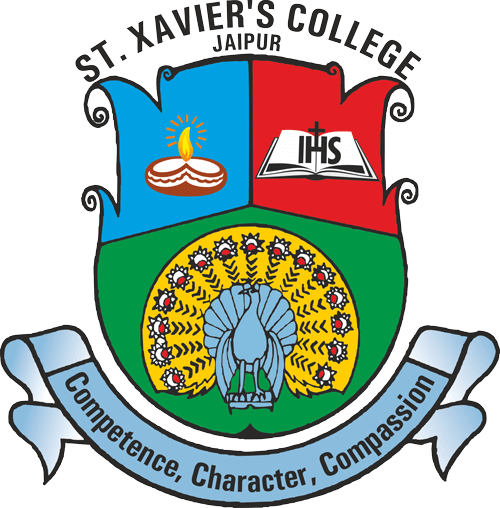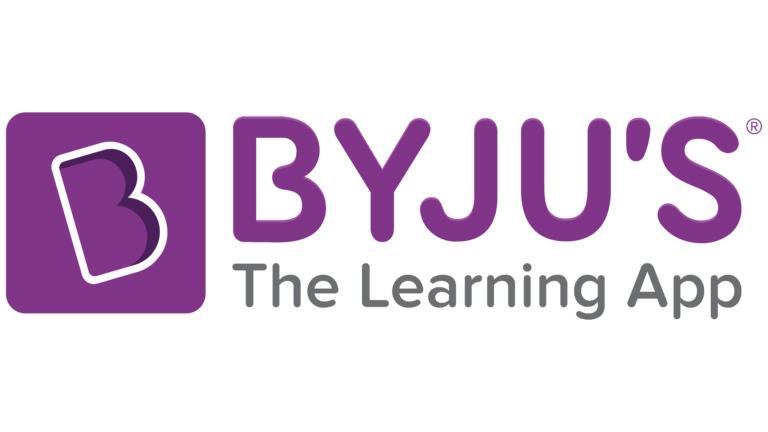


Affiliated to the University of Rajasthan Approved under Section 2(f) and 12(B) of UGC Act, 1956
A Christian Minority Educational Institution under Section 2(g) of NCMEI Act, 2004

The Training, Internship and Placement Cell guides and provides the best career-augmenting services to all students enrolled with the college. It attempts to make students passing out of the college more employable and ready for the challenges that come along with opportunities in the real world. The cell serves as a bridge between the institution, the corporate and government agencies that look for hiring talented and informed workforce. The cell works closely with corporate partners to develop and support collaborative activities beneficial to the students. It acts as a convening point for the faculties from different departments to help them in further shaping the future of students’ by offering them an opportunity to become a part of corporate and/or government work culture through summer internships and campus placements. In the last few years companies like Amazon, HP, KPMG, Appcino Technologies (Part of Xebia), Planetspark, BYJU’s, UpGrad, TrueBlu and many more have acquired a talent pool from St. Xavier’s College Jaipur in significant numbers. St. Xavier’s College Jaipur has a rich history of placements for the last 5 batches. In the last 3 placement seasons we had significant offers, rolled out by top notch companies visiting us from across the sectors. St. Xavier’s College Jaipur prepares students with a comprehensive (Campus Recruitment Training) CRT training for Campus Placements, which is an exclusive placement simulation experience wherein the students are trained focusing on requisite technical and communication skills under the guidance of trainers and industry experts. TIPC has collaborated with Leading Corporate in the last couple of years empowering the students with the latest and prevailing technological and overall employable skills.





Recruiters willing to recruit students from St. Xavier’s College, Jaipur can reach out to the Placement Cell at [email protected].
To know more, recruiters can visit us on LinkedIn.
Ms Poorvi Medatwal (Coordinator)
Dr Shruti Rawal (Asst Coordinator)
Dr Happy Agrawal (Member)
Ms Ritu Sisodia (Member)
